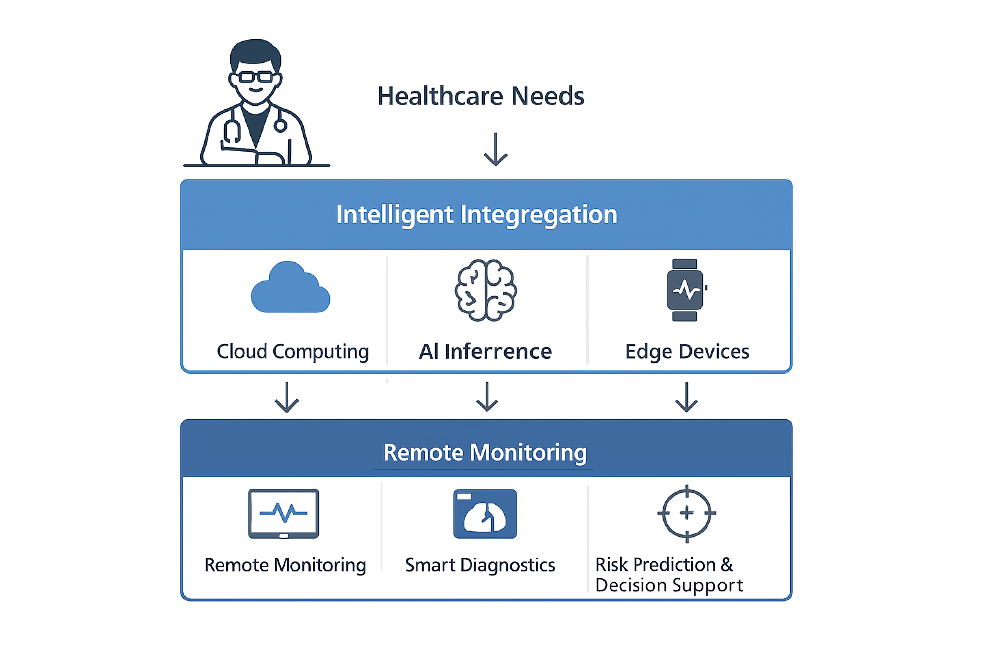
The global medical device market is transitioning from pure hardware sales to a new stage characterized by integrated hardware-software solutions and service-oriented business models. This shift aims to meet the demands of modern healthcare by focusing on integrated solutions that combine hardware, software, and services to deliver better patient outcomes.
Demand-driven application scenarios are at the core of this transition, supported by cloud and AI technologies. Multinational medical device manufacturers are now offering end-to-end patient management solutions that integrate imaging systems, AI-powered analytics, and remote monitoring, rather than simply providing imaging or monitoring devices. This change stems not only from technological feasibility but also from the increasing demand for collaborative platforms. As the market evolves toward scenario-based, service-driven, and localized ecosystems, compliance with local regulations and data security requirements is equally prioritized.
The global market is projected to continue expanding steadily and exceed USD 1.2 trillion by 2035. This growth is driven by both emerging technologies and rising market demand. Strong growth is evident across various regions, including mature markets and rapidly developing areas such as the Asia-Pacific, which opens up new opportunities for application expansion.
Several converging factors drive the expansion of the medical equipment market. Firstly, aging populations and rising chronic disease burdens, especially in the U.S. and Europe, increase the demand for chronic disease diagnosis and monitoring. Secondly, emerging technologies such as AI, IoT, and edge computing are transforming medical imaging, remote monitoring, and intelligent therapeutic devices, significantly boosting the value and reach of medical services.
Beyond technology, the rise of digital health platforms is fostering cross-sector collaboration between traditional hardware vendors and software service providers. Healthcare facilities increasingly demand integrated systems focused not only on device connectivity but also on big data analytics and predictive maintenance.
Meanwhile, regulatory frameworks are evolving to encourage breakthrough innovations, increasing market momentum, and attracting capital. Public and private sector investments in innovative medical solutions are rising in proportion to national healthcare expenditures, strengthening the industry’s upstream and downstream growth momentum.
In summary, demographic shifts, technological innovation, data-driven decisions, regulatory reform, and capital inflow constitute the core drivers behind sustained market growth.

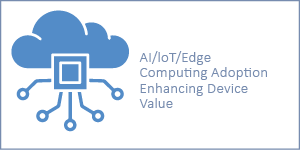
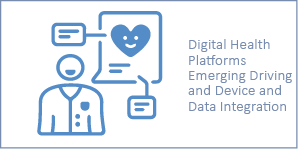
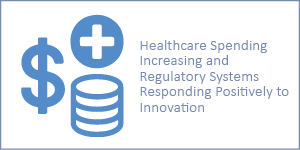
North America continues to dominate the global medical device market due to its comprehensive healthcare systems, high per capita medical spending, and early adoption of new technologies. Europe, led by Germany, France, and the UK, benefits from strong insurance systems and cross-border healthcare initiatives.
Asia-Pacific is rapidly emerging as a key growth engine. Countries like China and India benefit from increased investment in medical infrastructure, demographic dividends, and supportive government policies. This region is expected to lead global growth over the next decade, prompting global vendors to localize R&D, manufacturing, and services.
Latin America, the Middle East, and Africa, though growing at a slower pace, also show steady growth, driven by rising healthcare needs and international aid. Portable and remote medical devices are becoming more widely adopted in basic care and screening, opening new opportunities.
Globally, mature markets export cutting-edge technologies, while emerging markets contribute to overall growth through dynamic expansions, each fueling the demand for medical devices in different ways.
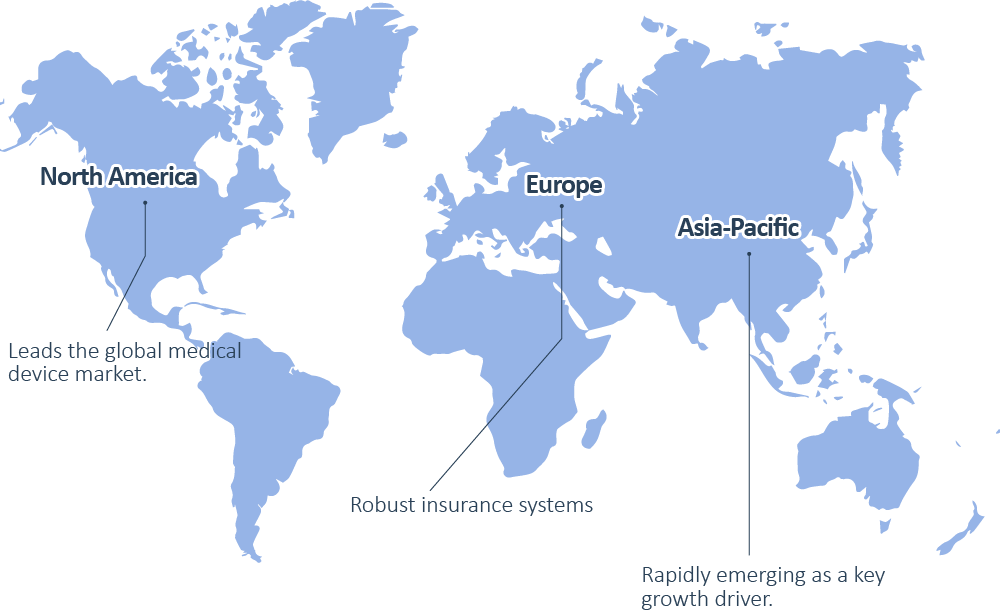
Medical device is commonly categorized into four key application areas: diagnostic imaging, interventional treatment, monitoring and life support, and rehabilitation and health management. Devices range from basic tools like thermometers and stethoscopes to complex systems such as MRI, CT, interventional catheters, and surgical robots, covering diagnostics, treatment, monitoring, lab analysis, and intelligent rehabilitation.
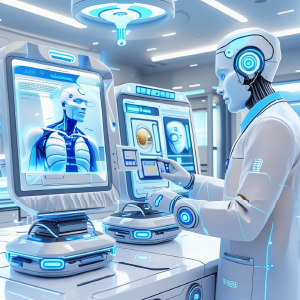
These non-invasive tools use X-ray, MRI, ultrasound, and nuclear tracers to provide high-resolution, multimodal imaging for tumor screening, angiography, and preoperative planning. Digital upgrades have enabled 3D reconstruction and data fusion, improving diagnostic accuracy and speed.
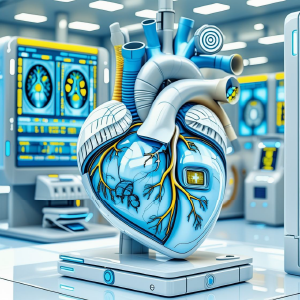
This segment includes systems for precision radiation therapy, stereotactic radiosurgery, robotic surgery, and laser-based interventions. These platforms now integrate imaging guidance, electromechanical coordination, and haptic feedback, enhancing surgical precision and safety.
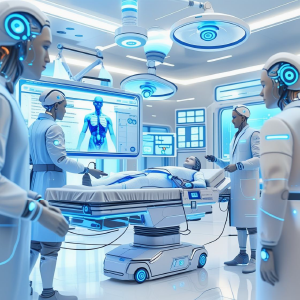
Critical care monitoring devices (e.g., ICU monitors, ventilators, dialysis machines, ECMO) continuously track vital signs and alert medical staff to emergencies. The demand for wearable sensors and remote monitoring is rising, extending applications into home and community healthcare.

These solutions aid post-operative recovery and chronic disease management, while supporting wellness monitoring in healthy individuals. Examples include smart prosthetics, functional electrical stimulation (FES), cloud-based rehabilitation platforms, and portable health monitors (e.g., for glucose and blood pressure). All systems are interconnected, forming an end-to-end smart care ecosystem.
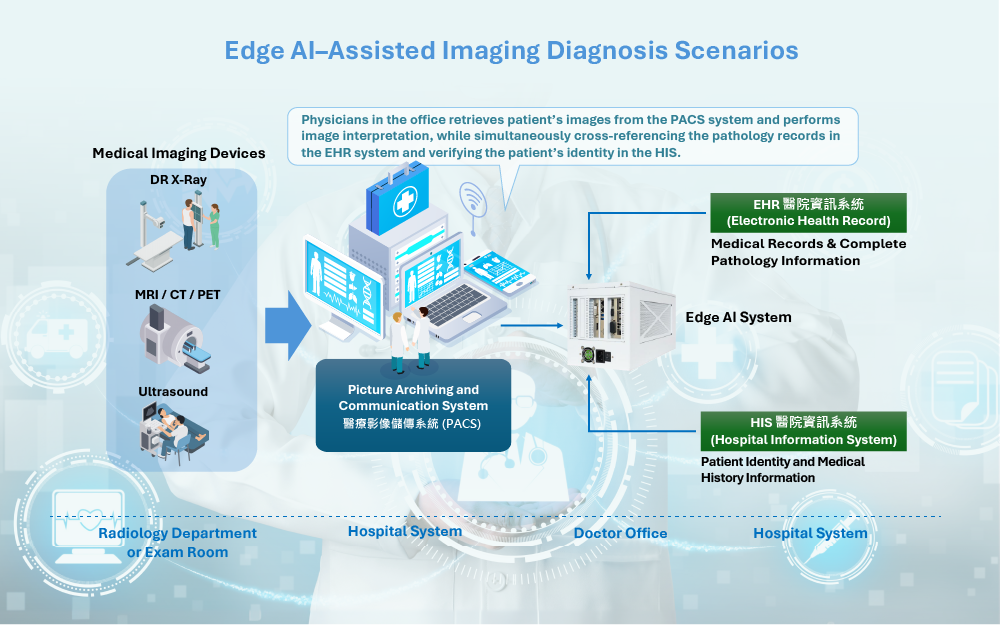
As computing power and AI algorithms mature, AI has become a key enabler of intelligent medical devices. In diagnostic imaging, deep learning models can automate image segmentation, detect lesions, and perform quantitative analysis. These advancements reduce radiologists’ workloads while achieving human-level accuracy in lung nodule and breast cancer screening. Cloud-based analysis models face latency and bandwidth issues; edge AI deployment addresses these by offering low-latency responses and data privacy protection.
In monitoring and life support, AI models analyze ECG, blood oxygen, and blood pressure to detect anomalies and provide real-time alerts. For example, edge AI systems deployed at bedside monitors can detect arrhythmias and notify healthcare staff immediately. Predictive maintenance features assess device wear and prevent failures, reducing downtime and maintenance costs. In surgical robotics, AI enhances trajectory smoothness and precision via real-time planning, all computed locally to ensure ultra-low latency and reliability.
In health management and telemedicine, AI-enhanced wearable devices (e.g., glucose monitors, smart pill boxes, home rehab tools) analyze behavior and vitals to deliver personalized care.
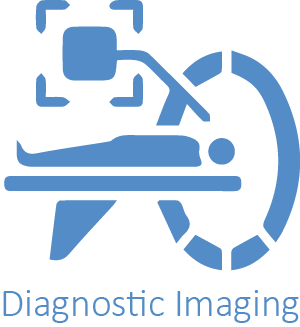
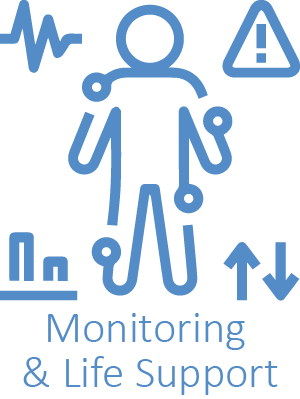
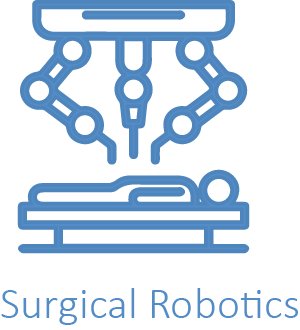
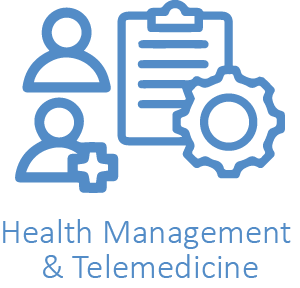
Coupled with 5G/Wi-Fi modules, these devices can synchronize data with the cloud, enabling a hybrid approach: real-time decisions locally with long-term analytics in the cloud.
AI’s migration from cloud to edge not only reduces latency and enhances privacy but also strengthens system resilience. With scalable platforms and high reliability, edge AI is reshaping medical equipment innovation and expanding market opportunities.
Pulmonary nodule screening is a critical method for early lung cancer detection and diagnosis. However, medical institutions have been facing numerous challenges when analyzing CT images. Traditionally, doctors retrieve lung CT scan images through the Picture Archiving and Communication System (PACS) and rely on their expertise to interpret and mark suspicious nodules. This manual interpretation demands a high level of professional experience, yet the number of seasoned radiologists remains limited, straining healthcare resources.
Moreover, the process of reviewing CT images is highly time-consuming, requiring physicians to inspect each frame manually and mark potential lesions. This significantly reduces diagnostic efficiency and prolongs patient wait times. Additionally, subjective human interpretation may lead to misdiagnoses due to fatigue or poor image quality, even among experienced doctors. These limitations in traditional imaging review workflows not only impact screening efficiency but also compromise diagnostic accuracy, increasing the risk of misdiagnosis or delayed treatment. Given these challenges, the integration of edge AI technology has emerged as a transformative solution in medical imaging review and interpretation.
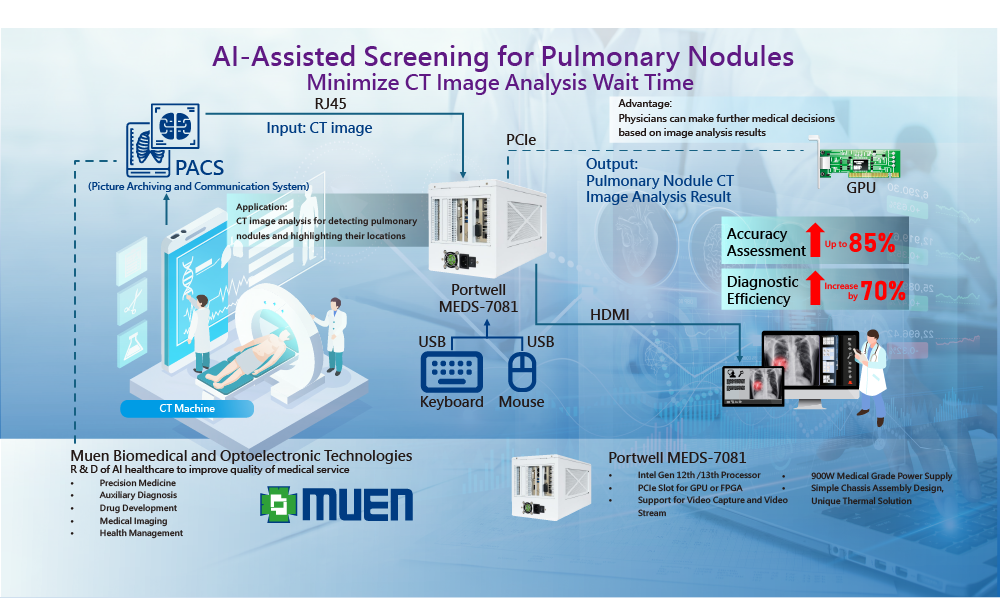
Edge AI is proving to be a game-changer in the smart healthcare sector, playing a critical role in pulmonary CT image screening. More particularly, edge AI systems built with high-performance GPUs can accelerate image analysis and streamline diagnostic processes. Take the Portwell MEDS-7081, a medical-grade edge AI system, as an example. This advanced system delivers high AI computational power (or high TOPS AI Performance) to rapidly analyze lung CT images, swiftly detecting and marking pulmonary nodules.
This technological innovation not only aids radiologists in efficiently screening abnormal lung conditions but also enhances the accuracy of medical image analysis. By leveraging edge AI systems, physicians can significantly reduce the time spent on image screening, allowing them to focus on clinical decision-making and more in-depth medical diagnostics. Clinical studies conducted by Muen Biomedical and Optoelectronic Technologies, Portwell’s collaborative partner in this joint solution, show that AI-assisted screening improves diagnostic efficiency by 70% while achieving an accuracy rate of over 85% in pulmonary nodule detection. This marks a significant leap in both efficiency and precision for medical imaging interpretation.
Designed specifically for medical image processing and AI computing, the MEDS-7081 boasts a high-performance hardware architecture capable of agilely handling CT image data and providing real-time analysis. Equipped with Intel 12th/13th Gen processors, the system ensures powerful data processing capabilities. Additionally, it supports PCIe expansion slots for GPU acceleration modules, enabling highly efficient analysis of pulmonary CT scans.
To ensure stable operation in medical environments, the MEDS-7081 is equipped with a 900W medical-grade power supply, capable of sustaining AI computation, image processing, and peripheral device control under high workloads.
This guarantees smooth operation while maintaining system stability and security. Furthermore, the system supports high-performance image capture and streaming technologies, ensuring seamless medical imaging workflows and improving diagnostic efficiency for healthcare professionals.
From a system design perspective, the MEDS-7081 features a modular chassis and advanced thermal management solutions, ensuring stable operation even under intense computational loads. This makes it highly reliable for medical applications, meeting the stringent demands of healthcare environments.
As AI technology continues to evolve, the future of medical imaging analysis is set to become more precise and efficient. Healthcare imaging applications enhanced by the MEDS-7081 edge AI system enable healthcare institutions to significantly improve the efficiency and accuracy of pulmonary CT screenings without disrupting existing workflows, bringing the vision of smart healthcare closer to reality.
Furthermore, this advancement presents how application-centric industrial PCs benefit the smart healthcare sector. It is poised to invite new market opportunities for the broader industrial PC industry, driving medical technology innovation and delivering more accurate and efficient diagnostic services to patients worldwide.
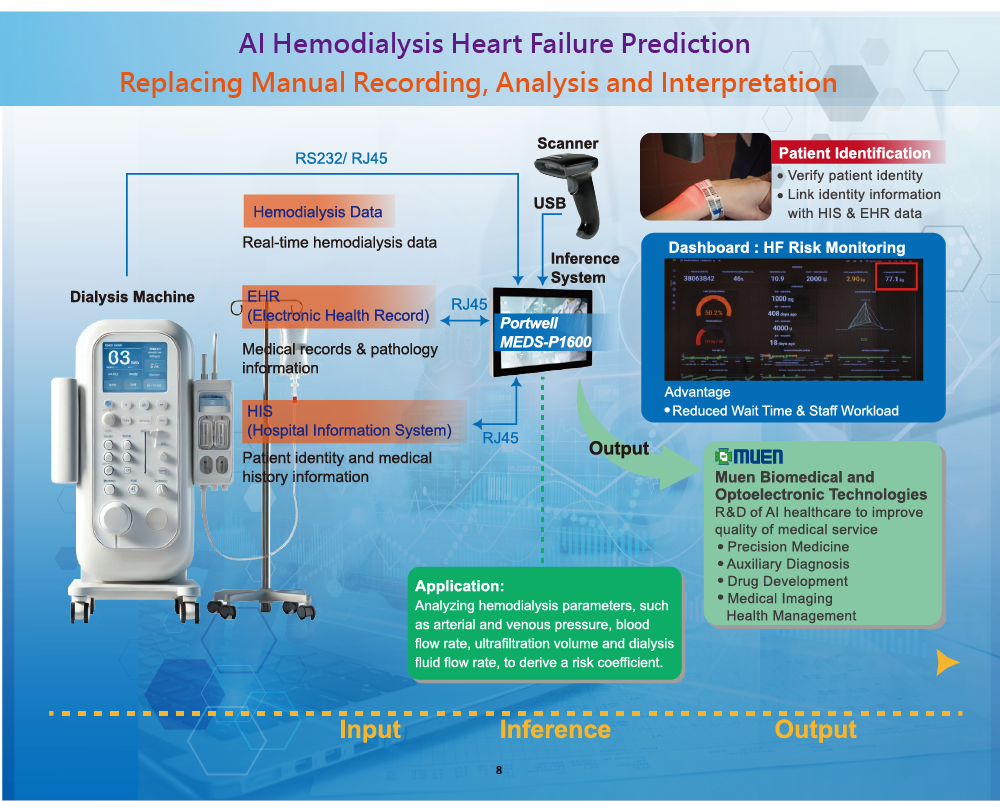
To address these challenges, smart healthcare has embraced edge AI technology to enhance data analysis accuracy and real-time processing. The AI hemodialysis heart failure prediction system integrates hemodialysis data, electronic health records (EHR), and hospital information systems (HIS). Through a visualized display interface, this solution aids medical staff in monitoring dialysis parameters while incorporating patient history and physiological data for heart failure risk assessment, serving as a valuable clinical reference.
The system is powered by the Portwell MEDS-P1600 medical panel PC, which enables real-time data processing. MEDS-P1600 captures key dialysis parameters such as arterial and venous pressure, blood flow rate, ultrafiltration volume, and dialysate flow rate. Utilizing built-in AI algorithms, it calculates risk factors, allowing medical staff to quickly assess the patient’s heart failure risk trends. This breakthrough technology transforms the traditional months-long analysis process into a real-time assessment, minimizing wait times and enhancing patient care precision.
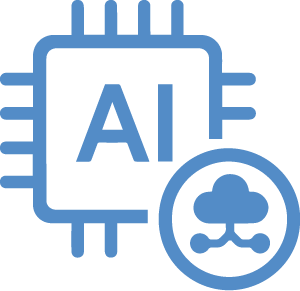
Powered by the Intel® Celeron® J6413 processor, MEDS-P1600 delivers reliable and stable computing capabilities to process vast amounts of hemodialysis data efficiently.

Featuring a 15.6-inch FHD ultra-wide screen with 10-point PCAP touch, the device supports glove operation, enabling intuitive interaction even in demanding medical environments.

Built with IP65-rated waterproof and dustproof protection, ensuring reliable long-term operation in healthcare settings.

Equipped with dual 2.5GbE LAN ports for seamless integration with EHR and HIS systems, a USB port for barcode scanners to confirm patient identity and Wi-Fi and Bluetooth modules for real-time and stable data transmission.
With these technological advantages, MEDS-P1600 delivers stable and efficient data processing, enabling the dialysis monitoring system to conduct real-time AI-based risk predictions, unlocking the true value of smart healthcare and improving patient outcomes.
Portwell’s comprehensive Design and Manufacturing Services (DMS) deliver complete, end-to-end solutions, from concept realization to long-term operation and maintenance. By combining market insight with technical expertise, Portwell’s professional R&D teams provide deeply customized hardware and software development tailored to diverse application scenarios such as industrial automation, smart healthcare, and the Internet of Things (IoT). Each system is engineered with optimized configurations to ensure maximum performance, reliability, and sustainability.
During manufacturing, strict quality control processes guarantee product durability and stability, even in harsh environments characterized by high temperatures, vibration, and other industrial challenges. Service offerings extend beyond manufacturing to include remote monitoring and diagnostics, system maintenance, and remote repair capabilities, minimizing downtime and enhancing operational efficiency.
Through full-process DMS support, Portwell not only delivers robust hardware solutions but also leverages its engineering excellence and dependable services to help customers achieve intelligent upgrades and gain long-term competitive advantages.

Expert teams work collaboratively to analyze market trends, technical requirements, and manufacturability, helping clients develop optimal product strategies and market positioning.

Leveraging industry experience and technological reserves, Portwell provides full-process support from concept design and functional validation to pilot production testing, ensuring products align with clients’ needs and market expectations.

Hardware, software, mechanical, and test engineers collaborate using advanced design validation tools and testing equipment to ensure both innovation and reliability.
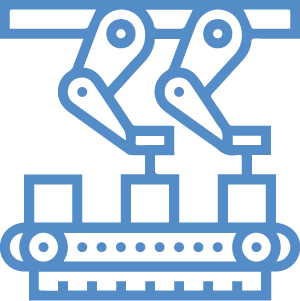
A rigorous New Product Introduction (NPI) process is employed, alongside AI-driven inspection technology on the production line, to enhance yield rates and improve manufacturing efficiency.

Encompassing warehouse management, global transportation, and localized distribution, Portwell utilizes intelligent supply chain management systems to optimize inventory, reduce costs, and ensure on-time delivery.
Portwell has established global service centers to provide localized support across key markets. This international network minimizes communication delays across time zones and enables region-specific solutions compliant with local regulations and standards, ensuring products can quickly adapt to diverse market requirements.
By implementing rigorous design and manufacturing processes, Portwell adopts advanced verification and validation tools and equipment across all stages of R&D, testing, and mass production. This early-stage problem detection reduces defect rates and improves yield. In parallel, AI-powered production inspection enhances quality control, ensuring every delivered product meets customer expectations.
DMS services help mitigate R&D risks, shorten time-to-market, and offer highly flexible solutions. Through end-to-end collaboration and the integration of cutting-edge technologies, Portwell consistently delivers high-quality, high-efficiency product solutions, enabling customers to maintain a competitive edge in even the most demanding market environments in this ever-evolving AI era.